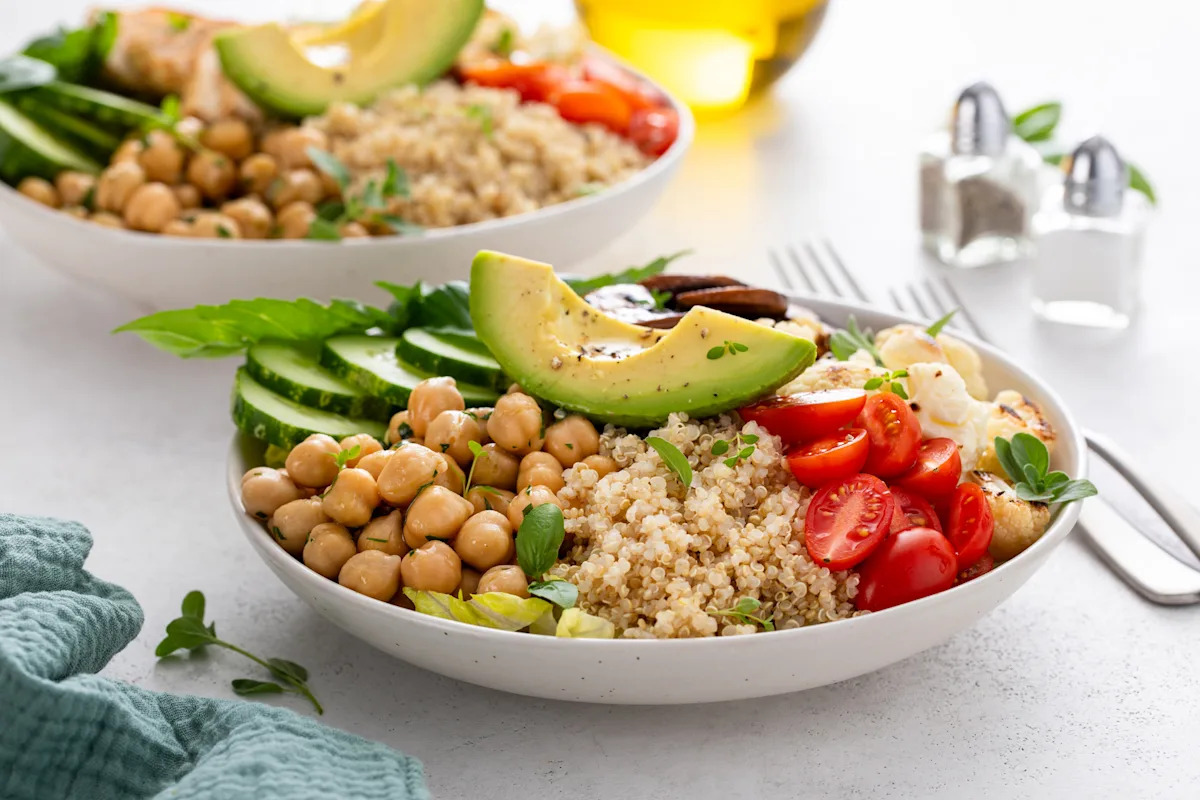“Beans, beans … good for the heart” is part of a popular saying, and now there’s evidence they can help prediabetic people manage their cholesterol and inflammation too.
Medical News Today summarized the study, which investigated the metabolic benefits of consuming legumes among people with prediabetes. The 12-week study found that, compared to eating white rice, consuming chickpeas or black beans daily instead had measurable impacts on inflammation. Eating chickpeas was linked with reduced blood cholesterol.
Prediabetes occurs when an individual has higher-than-normal blood glucose levels but not high enough to be diagnosed as Type 2 diabetes. While prediabetes can lead to Type 2 diabetes, it can also be reversed. This study is one of a handful that investigates dietary interventions that could help prevent prediabetic people from developing Type 2 diabetes.
“The soluble fiber in these legumes helps to lower cholesterol by reducing how much is absorbed into the bloodstream,” Maddie Gallivan, a registered dietitian who was not involved in the study, told MNT.
She also highlighted some of the other benefits of consuming these legumes.
“Beans and chickpeas are excellent examples of plant-based protein sources that are also packed with fiber,” she said. “They also help you keep you fuller for longer.”
Watch now: How bad is a gas stove for your home’s indoor air quality?
Plus, beans can support a healthy gut microbiome, supporting overall health, Gallivan added.
The benefits don’t stop there, though.
Eating more beans and other plant-based food options can also help you save money at the cash register. Plus, eating a plant-based diet is good for the planet. In fact, one study found that if we replaced half of our meat products with plant-based alternatives, we could reduce pollution caused by global agriculture by as much as a third by 2050, compared to 2020 levels.
“There are a lot of ways to incorporate beans into your regular diet as a cost-effective way to support overall health and reduce the risk of chronic diseases,” the study’s presenting author, Morganne Smith, said, according to MNT. “You can blend them to add some thickness to a soup base, add them as a salad topping, or pair them with other grains like rice or quinoa.”
“They are also good for the environment,” added Federica Amati, head nutritionist at ZOE, a science and nutrition company. “Eat more of them.”
Join our free newsletter for easy tips to save more and waste less, and don’t miss this cool list of easy ways to help yourself while helping the planet.
